
Learning Python. 3rd Edition Mark Lutz
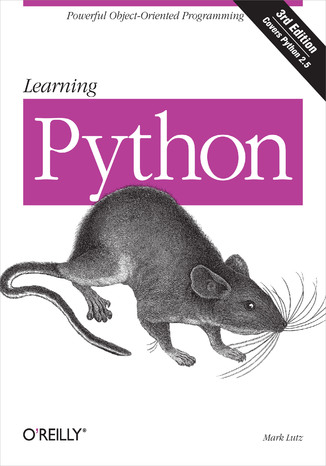

- Autor:
- Mark Lutz
- Wydawnictwo:
- O'Reilly Media
- Ocena:
- Stron:
- 752
- Dostępne formaty:
-
ePubMobi
 opcje wysyłki »
opcje wysyłki »
Opis
książki
:
Learning Python. 3rd Edition
Portable, powerful, and a breeze to use, Python is ideal for both standalone programs and scripting applications. With this hands-on book, you can master the fundamentals of the core Python language quickly and efficiently, whether you're new to programming or just new to Python. Once you finish, you will know enough about the language to use it in any application domain you choose.
Learning Python is based on material from author Mark Lutz's popular training courses, which he's taught over the past decade. Each chapter is a self-contained lesson that helps you thoroughly understand a key component of Python before you continue. Along with plenty of annotated examples, illustrations, and chapter summaries, every chapter also contains Brain Builder, a unique section with practical exercises and review quizzes that let you practice new skills and test your understanding as you go.
This book covers:
- Types and Operations -- Python's major built-in object types in depth: numbers, lists, dictionaries, and more
- Statements and Syntax -- the code you type to create and process objects in Python, along with Python's general syntax model
- Functions -- Python's basic procedural tool for structuring and reusing code
- Modules -- packages of statements, functions, and other tools organized into larger components
- Classes and OOP -- Python's optional object-oriented programming tool for structuring code for customization and reuse
- Exceptions and Tools -- exception handling model and statements, plus a look at development tools for writing larger programs
Wybrane bestsellery
Mark Lutz - pozostałe książki
O'Reilly Media - inne książki
Dzięki opcji "Druk na żądanie" do sprzedaży wracają tytuły Grupy Helion, które cieszyły sie dużym zainteresowaniem, a których nakład został wyprzedany.
Dla naszych Czytelników wydrukowaliśmy dodatkową pulę egzemplarzy w technice druku cyfrowego.
Co powinieneś wiedzieć o usłudze "Druk na żądanie":
- usługa obejmuje tylko widoczną poniżej listę tytułów, którą na bieżąco aktualizujemy;
- cena książki może być wyższa od początkowej ceny detalicznej, co jest spowodowane kosztami druku cyfrowego (wyższymi niż koszty tradycyjnego druku offsetowego). Obowiązująca cena jest zawsze podawana na stronie WWW książki;
- zawartość książki wraz z dodatkami (płyta CD, DVD) odpowiada jej pierwotnemu wydaniu i jest w pełni komplementarna;
- usługa nie obejmuje książek w kolorze.
Masz pytanie o konkretny tytuł? Napisz do nas: sklep@ebookpoint.pl
Książka drukowana




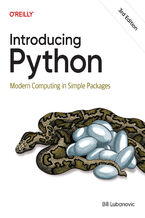


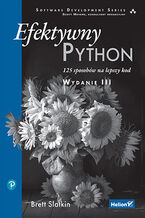
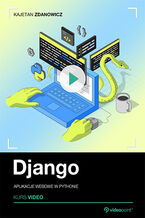
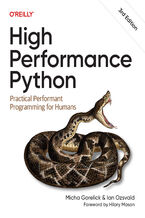
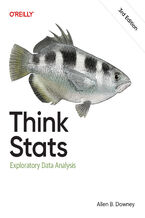
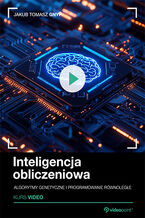


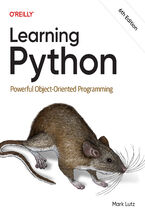
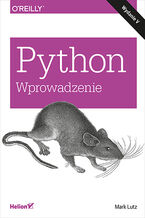
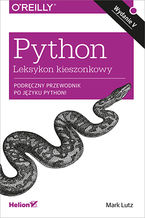
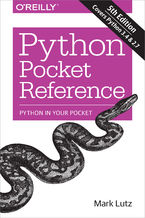
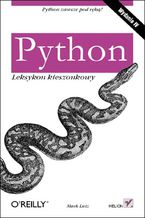
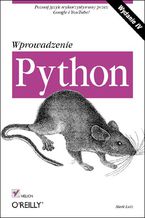
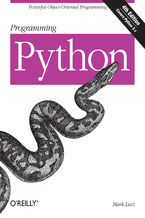
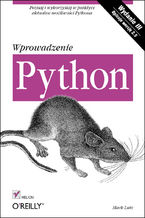






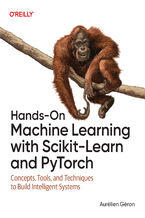
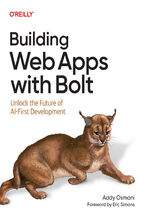
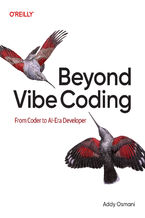
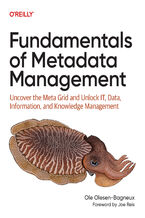
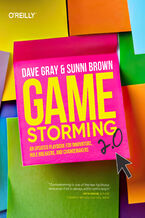
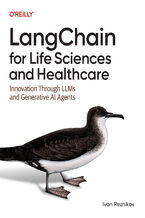
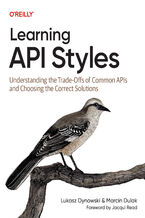
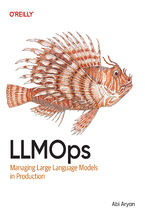
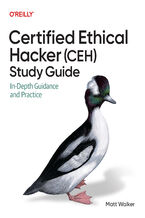
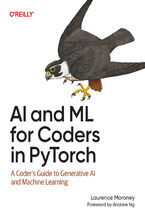
Oceny i opinie klientów: Learning Python. 3rd Edition Mark Lutz
(0)